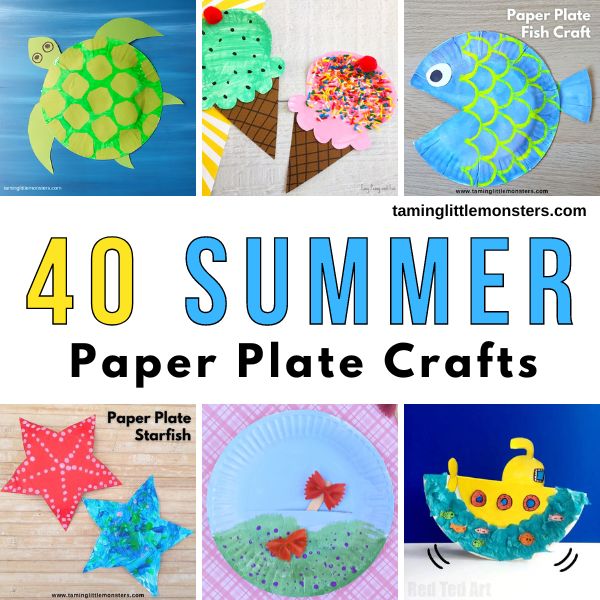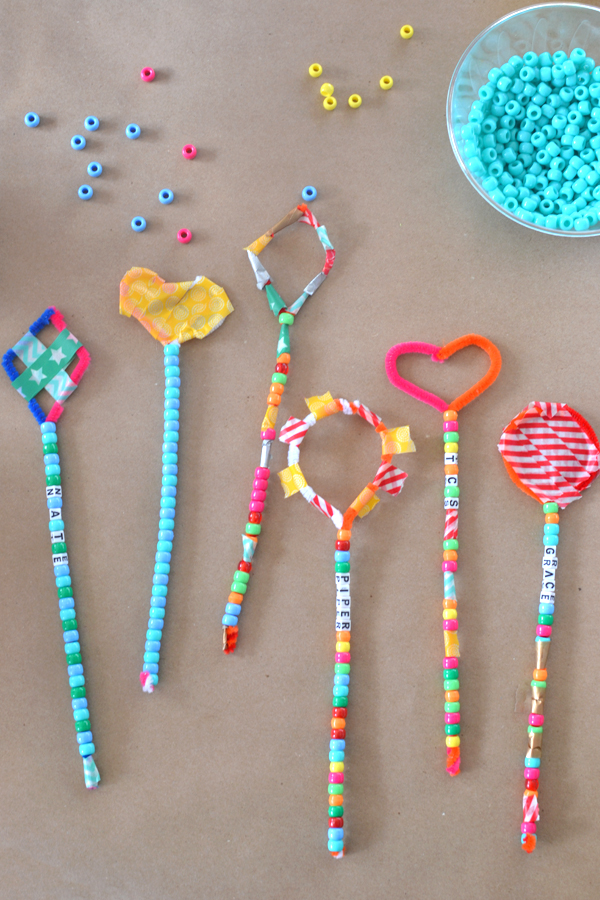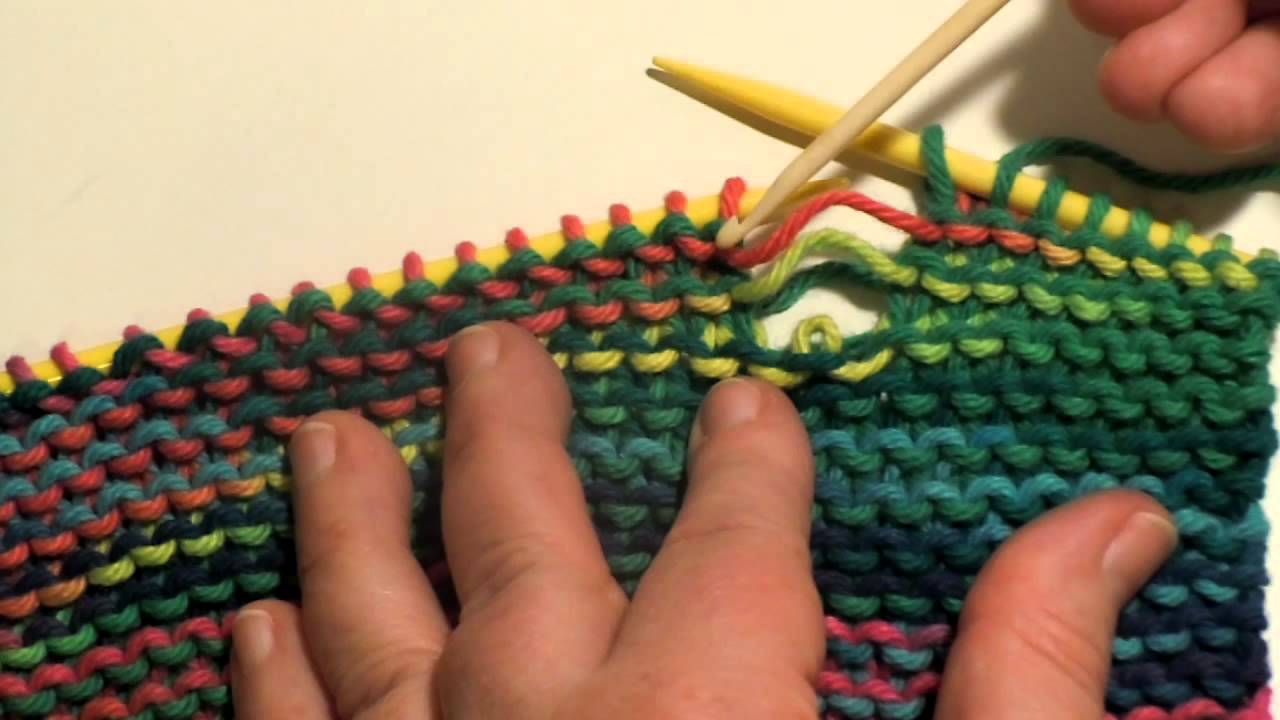
There are several ways to knit an i-cord. The number and type of stitches you want to knit an icord depend on what technique you use. Five stitches is the maximum number. You should pull the yarn before casting stitches to create high tension. This is where the working yarn should be located at the back.
Sew on stitches
Using a double-pointed needle, cast on the desired number of stitches for the i-cord. If the icord is to be more than the original project's length, you can make a provisional casting in the waste yarn. Then join it with Kitchener Stitch. Now, knit the working yarn across all stitches. Start with the farthest stitch from the tip.
Casting on stitches when knitting an i-cord is an important part of the knitting process because it provides a firm edge on the project's base. It can help make the first row of a project look finished. Cast 3 stitches and slip them to your left needle. Then, knit the other two stitches.

Stitches to pick up
The first step in knitting an icord is to place your working yarn on the right hand needle. The next step is to slip the working yarn through a loop on the needle, just as you would when knitting a stitch. Continue this process until you have reached the desired length. After you reach the desired length, continue to binding the work as usual. If the length of your i-cord is excessive, you might need to join them.
Next, insert your I-cord needle so that its point is closest to the last stitch that was cast. Make sure that the i-cord needle reaches the edge of the material. You may use the tail of your cast on stitches to start the i-cord, but it's better to use the yarn that ends at the opposite end of the needle.
Making stitches
It's easy to cast stitches when knitting an I cord. To do this, you slip the last three stitches from your right hand needle onto your left hand needle. Next, make sure to knit through the back and front loops from these last three stitch. After this, you can work the edge of the i-cord.
Double-pointed needles are best for knitting i-cord. These will allow you to knit the stitches faster. Next, slip the stitches back from your right needle to the left needle.

Hide yarn tail inside i-cord
To hide yarn tails when knitting i-cord, the knitter starts a new row. Insert the tip end of the right hand needle into the stitch. Wrap the yarn around one end of the needle, and then pull the yarn through the work. After that, slide all stitches to the other tip of the needle. It is now ready to knit once the needle is in its correct spot. See a video demonstration of the technique here.
Use double-pointed knitting needles to cast the i-cord. After you have cast on the required amount of stitches, make a provisional knit with a waste yarn. Join it with a Kitchener Stitch. Once you have the working yarn in place, start knitting across all stitches. Do not turn your work; bring the yarn from the stitch farthest away from the tip of the needle.
FAQ
What are competitive hobbies?
There are many competitive sports, including running, swimming and cycling, as well as golfing, tennis and other activities.
They are usually enjoyed by people who enjoy being active, but also allow for social interaction.
If your hobby involves physical activity, you will likely find other people who share it.
This may mean joining a club or group where you meet regularly to play sports together.
You may also want to play in a team game, where you are playing with others.
These include: football (soccer), soccer, cricket, netball.
There are many kinds of competition.
Some competitions may be held for pure recreational purposes.
Others are designed to test the skill of competitors.
Yet, there are others that reward exceptional performance.
These cases award prizes to the winners.
Other competitions are intended to test strength and stamina.
These are called endurance events.
For example, marathon races, triathlons, Ironman Triathlon, etc.
Athletes often train hard before competing in these events.
To prepare their bodies and minds, they will have to adhere to a strict training plan.
They might also have to travel for preparation.
It's important not to forget that not all athletes are able to compete in every type event.
What's a hobby?
Anything kids like to do that is not part of their daily routine is a hobby. You might find them interested in drawing, building things, painting, writing stories, playing with toys, listening to music, reading books, watching TV, and playing computer games. They may also like to play soccer, football, basketball, cricket, rugby, baseball, and hockey.
Many parents worry about their children getting into trouble if they have the freedom to do what they want. This is not necessarily true. If your child is safe and doesn't cause harm to themselves or anyone else, they won't get into trouble.
It is important to keep in mind that just because someone likes something, doesn't mean they will choose it every time. For example, if they love drawing pictures but they hate writing, then they may decide to draw pictures instead of writing.
There are many types of hobbies. It's up to you to choose one that you really enjoy.
Why do we need hobbies
Hobbies are a vital part of our lives as they allow us to unwind, relax, think creatively and exercise. They also give us the opportunity to socialize, network, and have fun. Hobbies offer opportunities to develop new skills as well as life-long interests.
Hobbies are a way to find meaning and purpose.
These are a great way for you to have some free time, even if there isn't much else.
They are also very entertaining!
If you don’t have the time to do a hobby, you likely don’t have any other hobbies.
So take a look at all the options available to you. Perhaps you should get a hobby started today if you don’t already have one.
What are collection hobbies?
The most sought-after collections are books and movies, music, comics as well as comics, videos games, sports equipment, toys, and others.
You can also collect anything from stamps to coins to cars to dolls to action figures to model kits to figurines to art supplies to tools to kitchen utensils to jewelry to watches to gadgets to clothes to furniture to antiques to...
I think you get it.
Is it possible make a living from a hobby?
Not necessarily.
But if your passion is to start a business, you might be able to make a lot of money.
Let's assume you like cooking. You love healthy food, so it was a natural decision to open your own restaurant.
Customers are charged a small fee for organic food made from scratch.
You will eventually be able to grow your client base and hire people who are willing to work with you.
You can eventually expand your menu to include vegan and gluten-free dishes.
In this situation, you have a successful business which has allowed you the freedom to lead the lifestyle that you want.
Of course, this doesn't mean you must give up your day job.
You could instead run your own restaurant and still hold your 9-5 job.
Statistics
- I am 100% biologically a woman (discover.hubpages.com)
- The Role of the Mind in Sex, Dating, and Love: Men in the “humor” condition received phone numbers from 42.9% of the female participants and were refused 57.1% of the time. (time.com)
- This 100% accurate personality-analyzing hobby quiz discovers your passion based on your characteristics. (quizexpo.com)
- Studies show that just six minutes of reading can reduce stress levels by 60 percent. (oberlo.com)
- A new survey by Pew Research Center of teens ages 13 to 17 finds that 36% of girls feel tense or nervous about their day every day; 23% of boys say the same. (pewresearch.org)
External Links
How To
How do you start woodworking?
There are many methods to get started with woodworking. There are three options for woodworking: power, hand, and a combination of both. The most common tools are saws, drills, sanders, and routers.
After deciding what type of project to work on, it is important that you choose the right tool. If you are planning to build furniture, then you will need a router, table saw, drill press and jigsaw. If you're planning to build something like a picture frame or cabinet, you'll probably only need a circular saw, a miter saw, a jigsaw, a hammer, nails, screws, glue, clamps, etc.
If you're not sure which tool you prefer, you can always ask your local store for assistance. You can also look online for websites that are dedicated to this hobby. They usually offer tips on how to buy the best tools for the job.